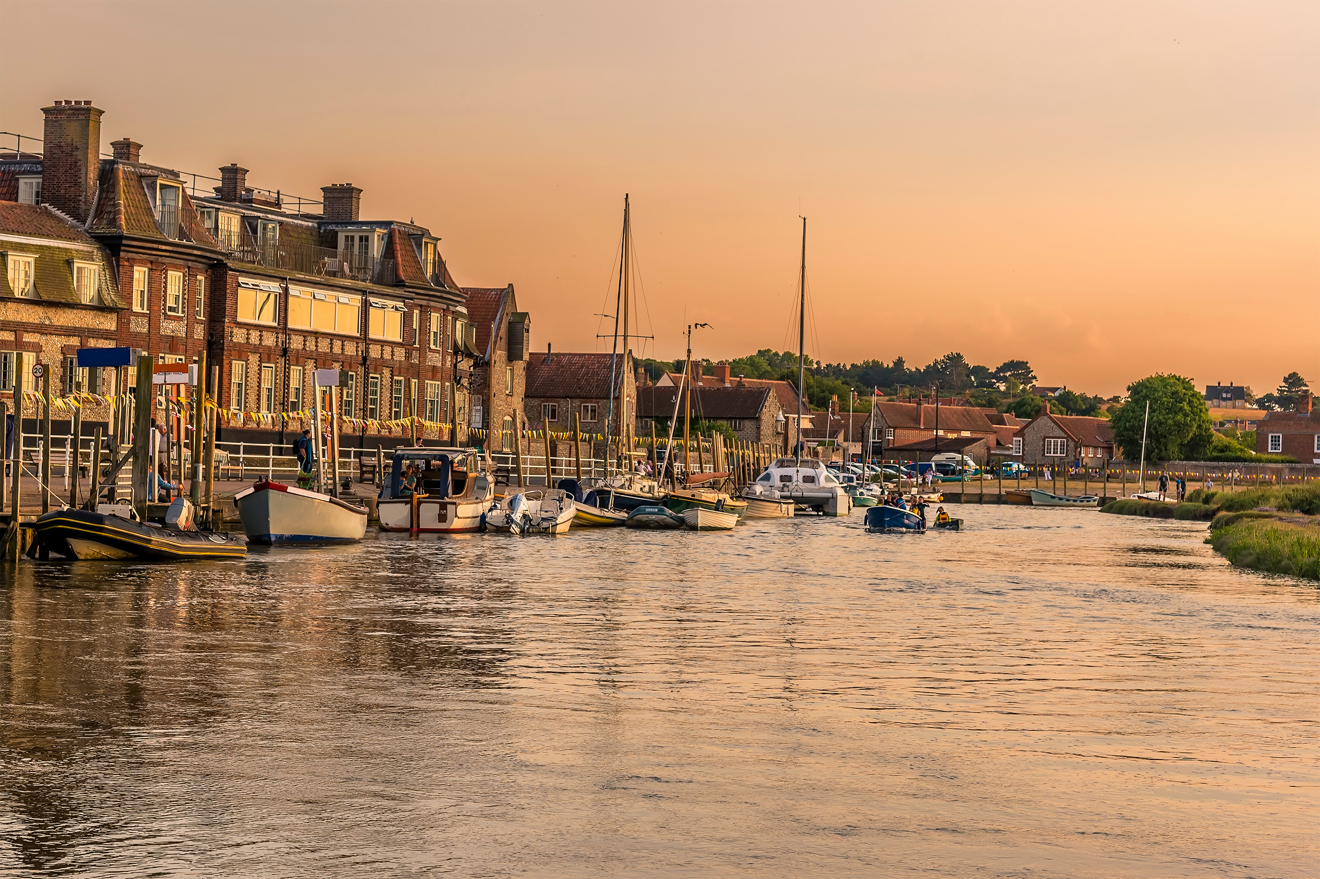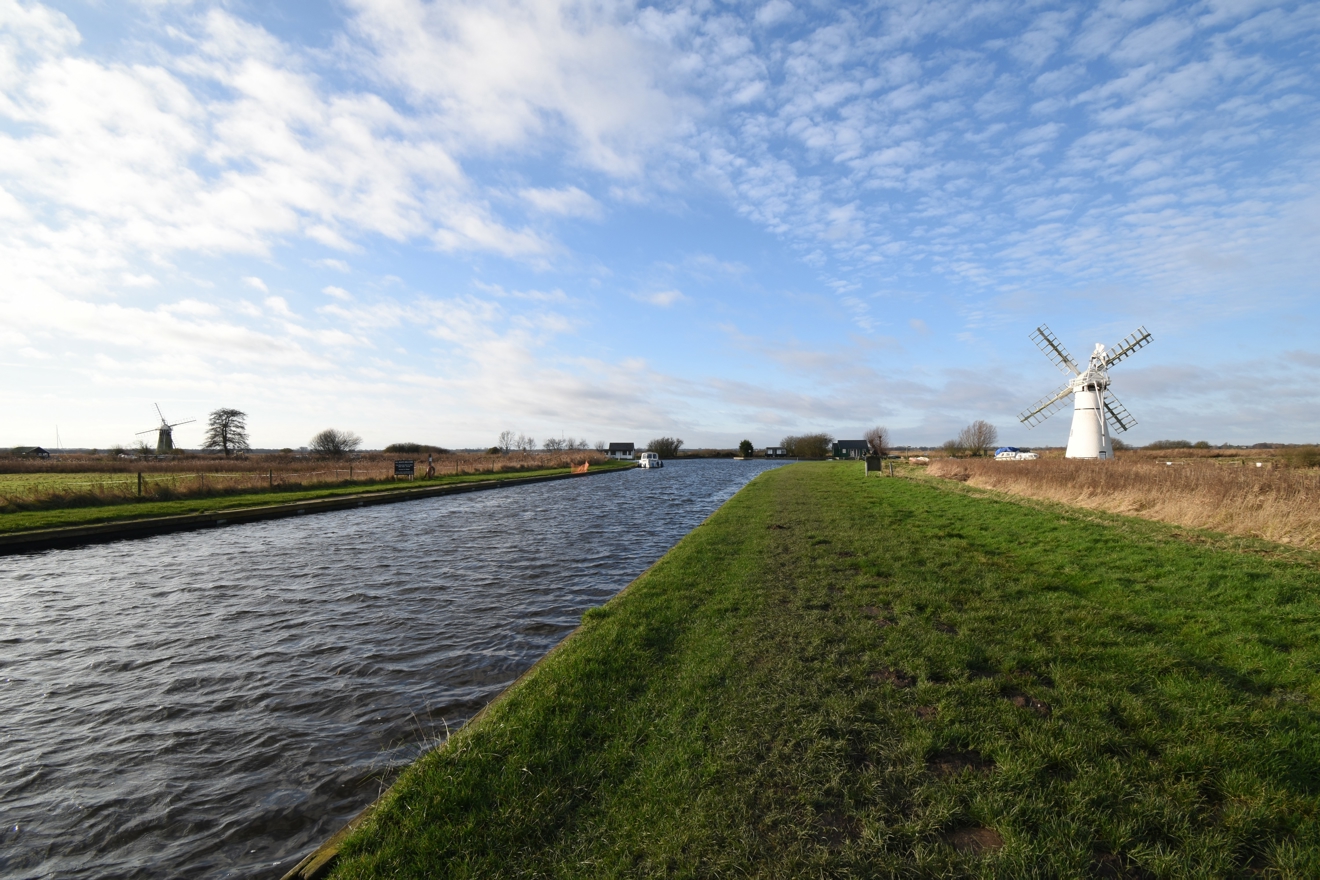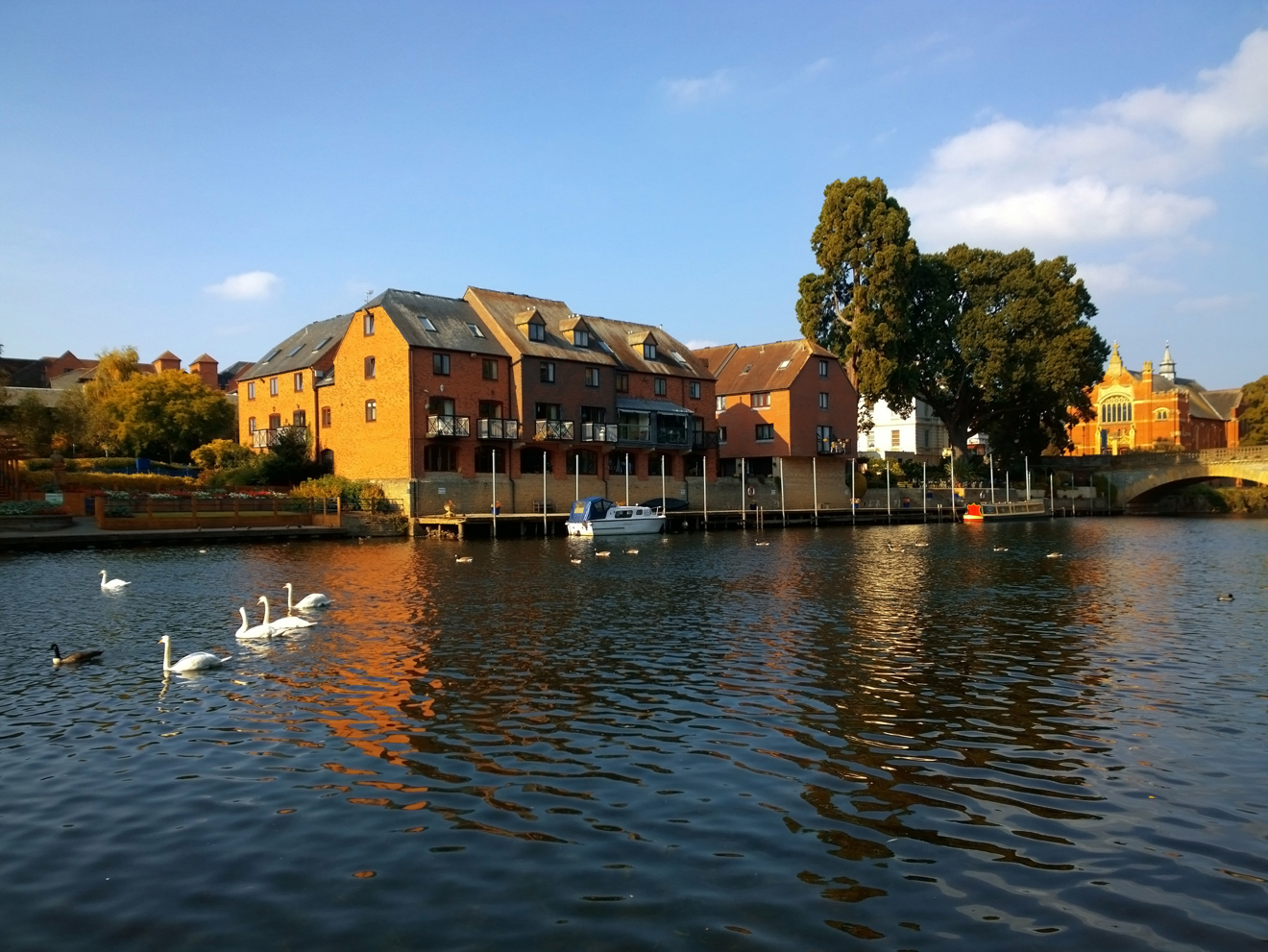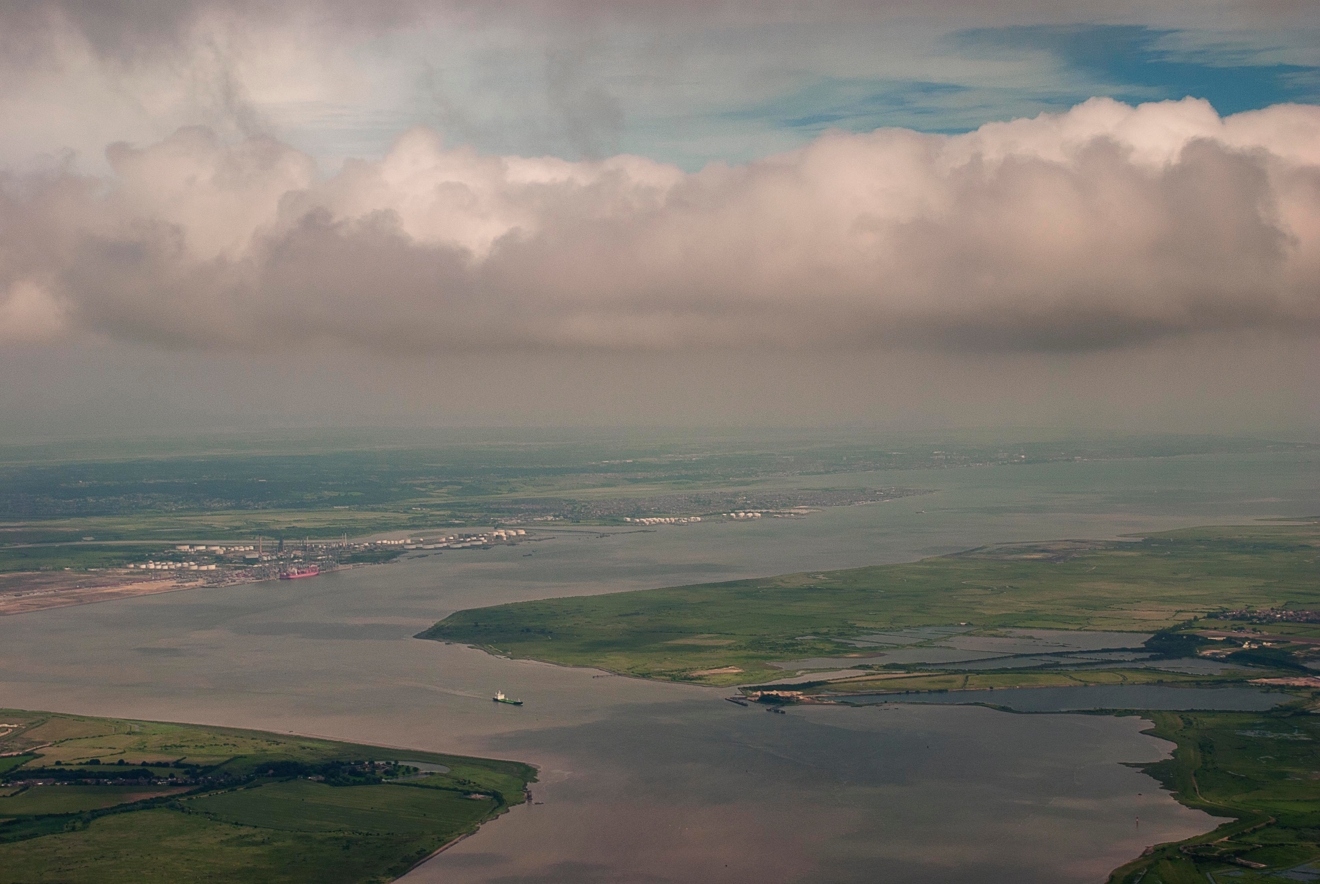17 October 2023
Humber to London
Sailing journalist Sam Llewellyn continues his series of anecdotes from around the UK. This month Sam travels from Humber to London.
As the boat heads down the Humber the wake is the colour of mud, and the ebb is swooshing us downstream at the best part of four knots. This is good, because we are hard on an easterly, which is kicking up a nasty chop, which is not so good. Spurn Head slides by. The seas become longer and easier as we bear away southeast and shape a course for Norfolk, low and invisible fifty miles to the south.
The sun goes down over where the land would be if you could see the land. The khaki water roaring in the chainplates fades to black. Night comes. Time passes. On the starboard beam the horizon becomes a mass of lights, winking red: the Lynn wind farm, and beyond it the Wash, and Boston, and King's Lynn with its entrance to the Fen waterways.

There is a shortage of boltholes on this coast. The Wash has difficulty making its mind up whether it is land or sea, and its tides swirl, and its sandbanks rise whale-like from the deeps. The North Norfolk coast has Brancaster, Wells and Blakeney – beautiful with sea lavender in season, but no more than a complex of drying creeks, excellent small-craft waters but next to impossible for a boat with a fixed keel.
Dawn. The sun comes blazing across a sea which if not clear is at least blue. Norfolk is a low crayon line as the west cardinal at the end of Sheringham Shoal slides by. The coast eases away southward. Bear away past Yarmouth and head south inside the banks for Lowestoft, and a shop, and a shower, the first since Hull.

In the right boat it is possible to get through pre-booked lifting bridges (frequently jammed shut – check first) into the bird-haunted freshwater universe of the Norfolk Broads. Today the the course is south, into the world of the Suffolk rivers. Southwold is first, a charming if remarkably shallow spot. The silver dome of the Sizewell B power station inches past. Then come the weird ruins on Orford Ness, sheltering the muddy loopings of the Alde. The wind is still easterly, blowing hard across the ebb roaring out of the river.
Over the bar, which like most Suffolk bars moves around in a manner somewhere between exciting and unnerving, the sea is standing on end. Ignore the chart and follow the buoys, says someone, and they have a point. But the boat's mind changes, and away we go on a broad reach to the Deben, wide and peaceful. Down goes the anchor. The tide ripples by, and curlews yell. We have survived.

Away next morning on the top of the tide, laughing scornfully at the sounder, which shows plenty of water for a change. The huge docks at Felixstowe loom to starboard, and a couple of container ships are creeping towards the cranes. Cross the channel at right angles, keeping an eye on the shipping, and head for a quieter world.
Inland of Felixstowe and Harwich are the Orwell and the Stour, cruising grounds in their own right; and south of the entrance them Walton Backwaters, a maze of marsh and creeks, full of birds – Arthur Ransome country. Our boat is made of GRP, which is causing some members of the crew to develop a complex; round these parts, they feel, it should be wood, and preferably gaff-rigged.
Slide south past Clacton and Frinton piers, keeping. The sandbanks of the Thames estuary are reaching out to us like the bones of a skeletal hand. Inside the forefinger is Maldon, where the Thames barges lie stacked against Hythe Quay and elegant smacks glide across swatchways between low islands unchanged since the Vikings came this way.

Out again past the Crouch across the Wallet spitway to the Whitaker east cardinal. Take the flood up Middle Deep. Tiptoe past the wreckful of rotting ammunition off the mouth of the Medway. Pass the ancient names: the Nore, Gravesend, Tilbury; and London closes in. Tower Bridge will open for you, free, but it needs twenty-four hours notice in writing. We might as well go into St Katharine's dock, and continue the cruise by Docklands Light Railway. And conclude, perhaps, that while the east coast distances are not huge, the culture is centuries deep, and deserves a return, and a long, slow exploration.
Discover more
For more adventures, join Sam as he recalls the sights from other explorations in this series, travelling across the Bristol Channel, South West, West Wales, Kintyre to Ardnamurchan and North of Ardnamurchan.
